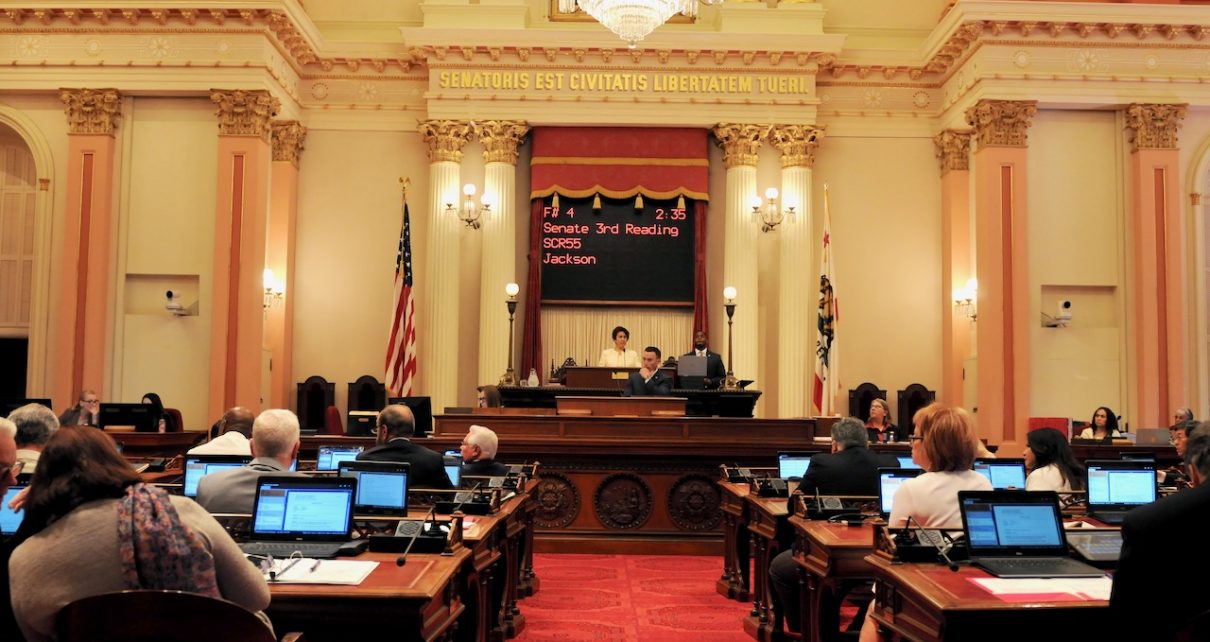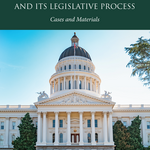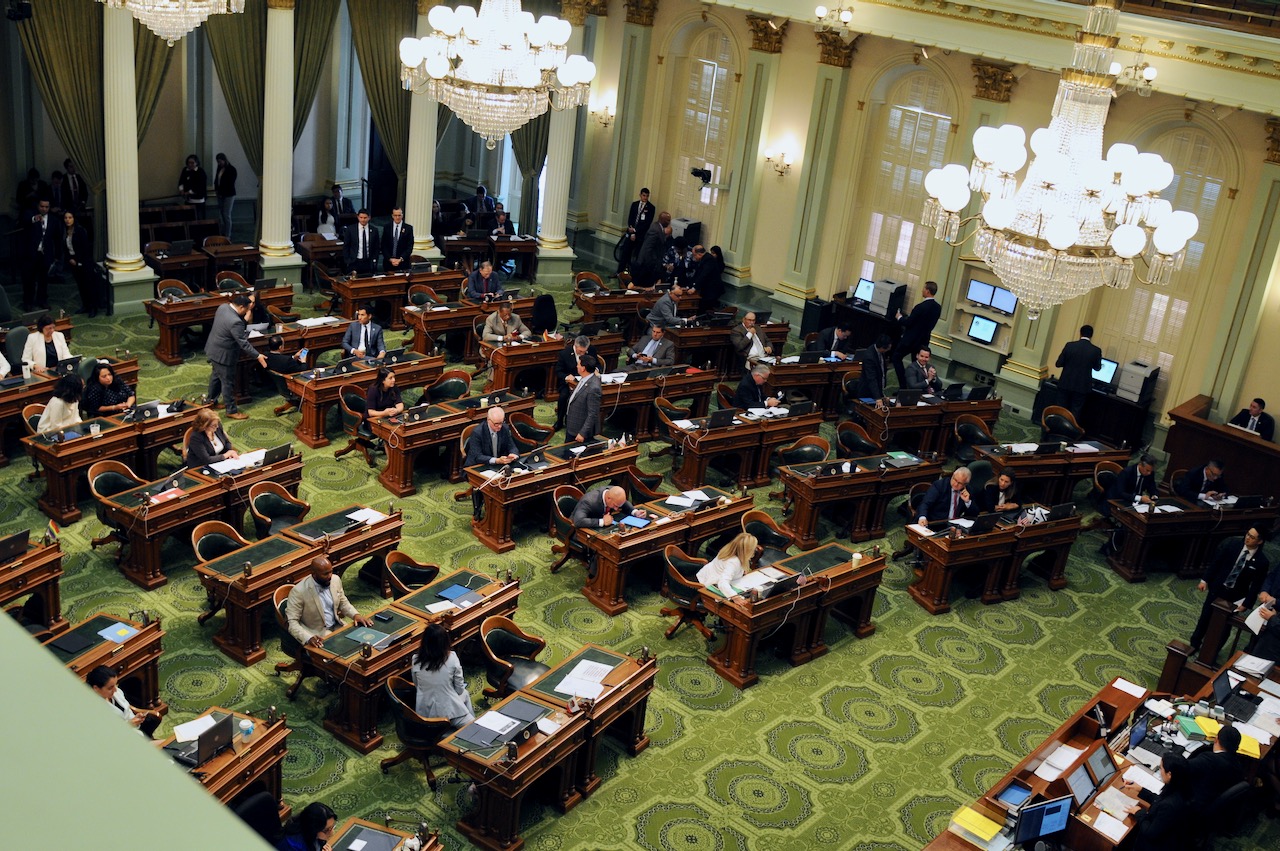
California State Senate. (Photo: Kevin Sanders for California Globe)
The ‘Sunset Review’ Process in the California Legislature
The Joint Sunset Review Committee was created to identify and eliminate waste, duplication, and inefficiency in government agencies
By Chris Micheli, October 19, 2022 4:20 pm
In the California Legislature, there is a “sunset review” process that is used to evaluate whether a regulatory board or a profession or occupation should continue. This review process is set forth in California law.
Government Code Title 2, Division 2, Part 1, Chapter 1.5, Article 7.5 (“Sunset Review”) sets forth the regulatory scheme for this review process. Section 9147.7 defines the term “eligible agency.” It does not include an agency that is constitutionally created or an agency related to postsecondary education.
In addition, the Joint Sunset Review Committee was created to identify and eliminate waste, duplication, and inefficiency in government agencies. The purpose of this joint committee is to conduct a comprehensive analysis over 15 years, and on a periodic basis thereafter, of every eligible agency to determine if the agency is still necessary and cost effective.
As a result, each eligible agency scheduled for repeal must submit to the joint committee, on or before December 1 before the year it is set to be repealed, a complete agency report covering the entire period since last reviewed, including, but not limited to, the following:
(1) The purpose and necessity of the agency.
(2) A description of the agency budget, priorities, and job descriptions of employees of the agency.
(3) Programs and projects under the direction of the agency.
(4) Measures of the success or failures of the agency and justifications for the metrics used to evaluate successes and failures.
(5) Recommendations of the agency for changes or reorganization in order to better fulfill its purpose.
Moreover, the joint committee is required to take public testimony and evaluate the eligible agency before the date the agency is scheduled to be repealed. Thereafter, an eligible agency is eliminated unless the Legislature enacts a law to extend, consolidate, or reorganize the eligible agency. The joint committee may recommend that the Legislature extend the statutory sunset date for no more than one year to allow the joint committee more time to evaluate the eligible agency.
In addition, in Government Code Title 2, Division 2, Part 1, Chapter 1.6, Article 8.5 (“Legislative Review of State Boards”), there are additional provisions related to the sunset review process. Section 9148.50 provides three legislative findings and declarations, including that there are more than 400 categories of administrative or regulatory boards, commissions, committees, councils, associations, and authorities. These entities have been established without any method of periodically reviewing their necessity, effectiveness, or utility.
Section 9148.51 specifies that it is the intent of the Legislature that all existing and proposed eligible agencies be subject to review to evaluate and determine whether each agency has demonstrated a public need for its continued existence in accordance with enumerated factors and standards.
Section 9148.52 requires the Joint Sunset Review Committee to review all eligible agencies. The joint committee is required to make a report which is to be available to the public and the Legislature on whether an agency should be terminated, or continued, or whether its functions should be revised or consolidated with those of another agency, and include any other recommendations as necessary to improve the effectiveness and efficiency of the agency. If the joint committee deems it advisable, the report may include proposed legislative proposals that would carry out its recommendations.
- Frequently Asked Questions about Other Constitutional Provisions and the Legislature - April 15, 2024
- Good Example of Municipal Affair Explanation - April 14, 2024
- Frequently Asked Questions about Joint Rule 10.5 and California Fiscal Bills - April 14, 2024





One thought on “The ‘Sunset Review’ Process in the California Legislature”